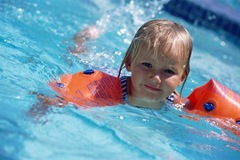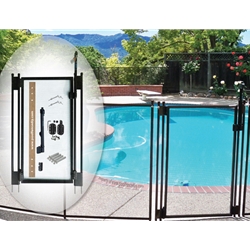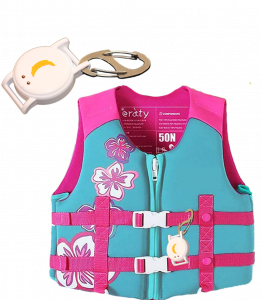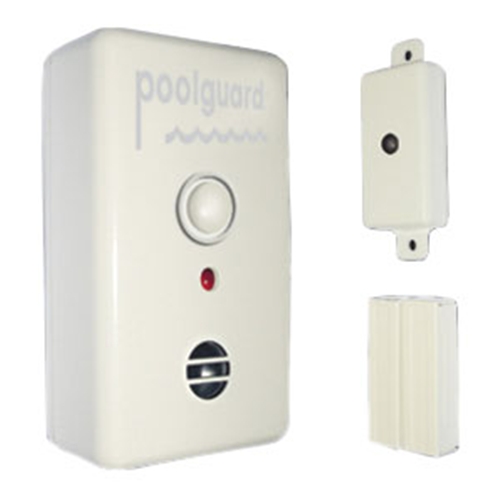 With drowning ranked as the second leading cause of unintentional death to children nationwide, you would think more homeowners would make pool safety a priority. Sadly, three-quarters of all pool- or spa-related fatalities involve children under the age of 5 according to the U.S. Consumer Product Safety Commission. In California, drowning is the number one cause of accidental death for children ages 1 to 4 years old! By using multiple types of pool alarms, you can greatly increase the safety of children around pools.
With drowning ranked as the second leading cause of unintentional death to children nationwide, you would think more homeowners would make pool safety a priority. Sadly, three-quarters of all pool- or spa-related fatalities involve children under the age of 5 according to the U.S. Consumer Product Safety Commission. In California, drowning is the number one cause of accidental death for children ages 1 to 4 years old! By using multiple types of pool alarms, you can greatly increase the safety of children around pools.
Pool Safety Begins With a Fence

Nearly every state has strict pool safety laws for public swimming pools. However, backyard pools and spas are typically regulated by local municipalities. Many towns require a pool fence around the pool area (minimum four feet tall) with a self-closing and self-latching gate. While fences are a way to prevent accidental drownings, there are it is only the first step for pool safety.
Gate / Door Alarm are Next Layers of Protection
In addition to a fence, many communities require a gate alarm that sounds an alert when someone passes through the fence to the pool area. Households with young children should also install a door alarm on all doors that lead from inside the home to the pool area. With a door alarm, a siren will sound as soon as an unsupervised child pushes open a door. This way you are notified before the child wanders into the backyard and toward the pool.
Pool Alarm is the Ultimate Backup
Incredibly, many pool owners report that they tend to ignore the siren of their gate alarm and door alarm. This is because it goes off every time someone opens the door or when they are hosting a pool party with lots of people and activity, so there is often no emergency. That’s why a pool alarm is the ultimate backup alarm system for pool safety. They emit a piercingly loud siren when a person (or pet) actually enters the water. Since a pool alarm’s siren is heard outside the house, it can also alert nearby neighbors so they can respond to the emergency should the homeowners be out.
Different Types of Pool Alarms
 Some pool alarms are designed specifically for above-ground pools and others for in-ground pools. There are also different modes of detection:
Some pool alarms are designed specifically for above-ground pools and others for in-ground pools. There are also different modes of detection:
- A traditional surface wave detection pool alarm activates when someone or something disturbs the surface of the water which creates a waving action.
- The more advanced subsurface wave detection pool alarm detects displacement under the water’s surface. This makes it less likely to false-alarm for wind or small objects falling into the water.
- There are water immersion wristband pool alarms that trigger an alarm at a base station when the wearer gets wet. Water immersion wristbands and sensors are available for children, pets and even adults.
- Some pool alarms combine technologies, like the SwamCam pool alarm. It has door and gate alarms to notify you when someone unauthorized enters the pool area. It also has motion sensors to monitor unexpected movement in the pool area. All of this can be controlled through an app, which provides a live view of the pool area as well as the ability to communicate with individuals in the pool area even when you are not home.
Make Pool Safety a Priority
A backyard swimming pool can provide years of family fun, but homeowners should make pool safety their first priority and take all the steps necessary to protect children, guests, pets and even trespassers. Layers of protection work best, beginning with a pool fence equipped with a gate alarm; next, a door alarm on every household door that opens to the pool area; and finally, a pool alarm that serves as the ultimate backup alert to signal you and neighbors if someone falls into the water.






Pingback: 8 Advantages of a Pool Safety Fence You Install Yourself